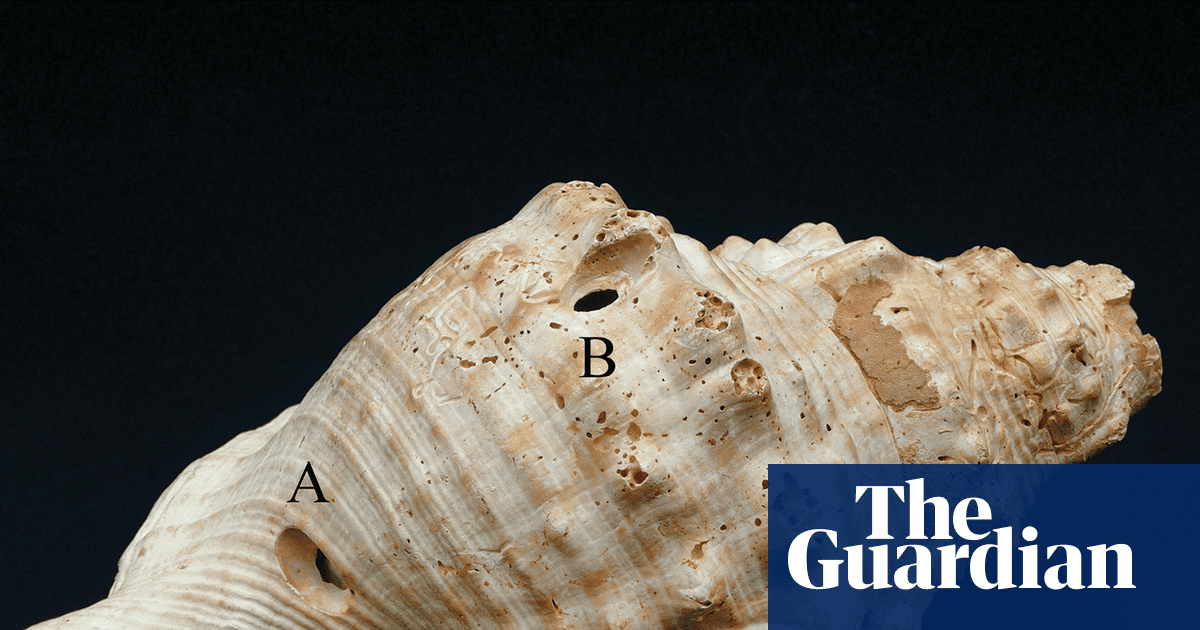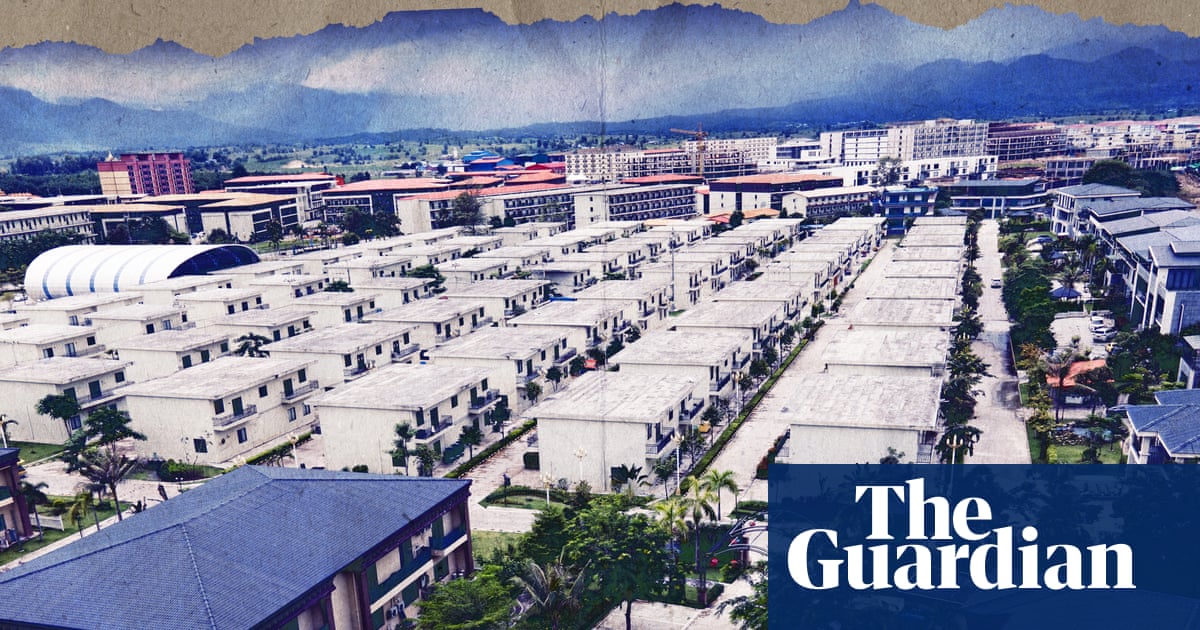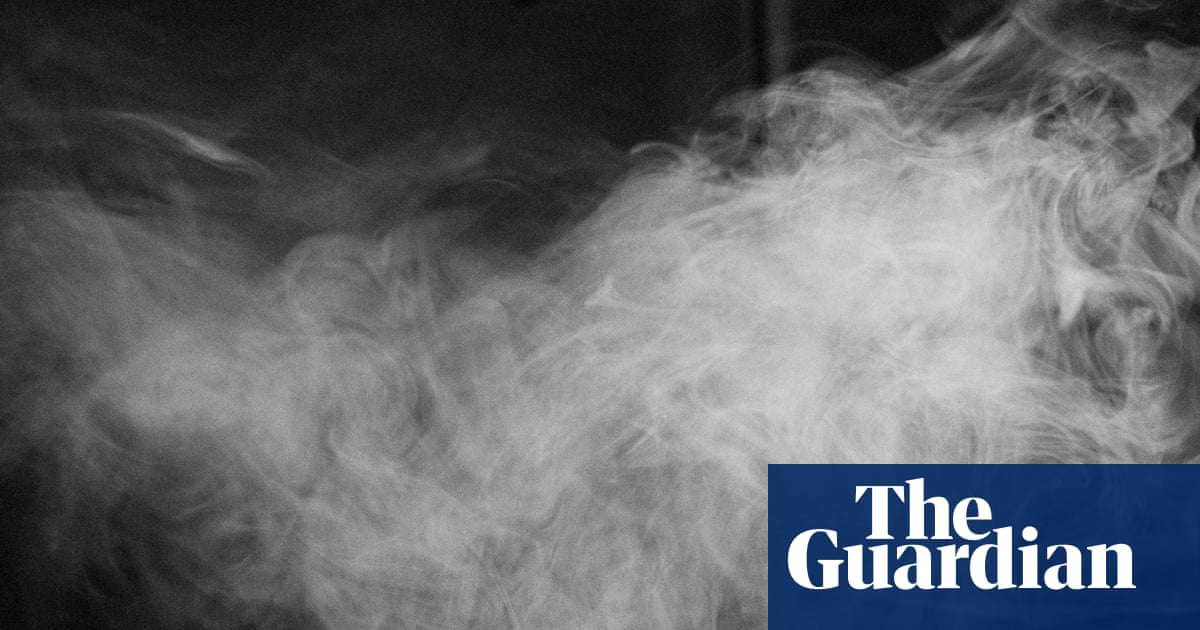There was no greater vantage point to see America burn than the Pennsylvania railroad. Working in the summer of 1919 as a dining car waiter, Claude McKay was so fearful that he had resorted to travelling with a revolver secreted in his starched white jacket. During this volatile time, which became known as the US’s Red Summer, a wave of racial violence engulfed the country.
In a situation replicated across the western world, hundreds of thousands of first world war veterans had returned home and were now looking for work. Among them were Black troops who had fought for the allied powers and hoped that they would be awarded equal rights in return for their service. It was not to be.
Competition for labour and jobs would reveal ugly prejudices and trigger a prolonged spell of rioting and lynching across the US. Between April and November 1919, hundreds of people – most of them Black Americans – were killed and thousands injured. McKay, a 28-year-old Jamaican immigrant and aspiring poet, was shaken by the violence. “It was the first time I had ever come face to face with such manifest, implacable hate of my race, and my feelings were indescribable,” he later said. “I had heard of prejudice in America but never dreamed of it being so intensely bitter.”
The experience would prove formative to his writing. During the Red Summer riots, he wrote the impassioned sonnet If We Must Die. It was published in 1919 by the New York-based leftist publication the Liberator, which had been founded by Max Eastman and his sister, Crystal. The powerful verse, acknowledged by one contemporary as “the Marseillaise of the American Negro”, concluded with the lines, “Like men we’ll face the murderous, cowardly pack / Pressed to the wall, dying, but fighting back!” It established McKay, who was living in Harlem at the time, as a literary talent and after it was reprinted in the major US Black newspapers and magazines of the time, McKay was lauded as “a poet of his people”.
The publication of If We Must Die marked the start of a lifelong collaboration between McKay and the Eastman siblings: the two would not just edit, publish and promote him, they would also provide him with financial support. Publication, however, brought unwelcome attention from the Justice Department’s committee investigating African American radicalism and sedition, which viewed the poem as inflammatory.
By the end of the summer, McKay had left his job on the railroad and started work in a factory in Manhattan, where he joined the revolutionary Industrial Workers of the World (IWW) labour union. It is widely thought that pressure from the Justice Department led to McKay’s decision to leave the US in September 1919 and travel to the UK. However, he later stated that the spur was the offer from some of his literary admirers of an all-expenses trip, as well as his childhood desire to visit his “true cultural homeland”.
McKay discovered that reality did not match his ideal of “literary England”. He was disturbed to find that racial violence had followed him across the Atlantic. By the autumn of 1919, riots had taken place in London, Liverpool, Cardiff, Manchester and Hull. Five people were killed, dozens injured and at least 250 arrested. Further clashes took place in 1920 and 1921, triggered by competition for jobs and housing, but also by white hostility to mixed relationships. A Cardiff city police report stated: “There can be no doubt that the aggressors have been those belonging to the white race.”
According to the historian Jacqueline Jenkinson, the UK riots of 1919 emerged from the scorched earth of war: “At a time of stress, when xenophobia had become almost a way of life after over four years of constant German and anti-alien propaganda, those deemed ‘foreign’ by virtue of dark skin pigmentation were identified as legitimate targets for postwar grievances.”
International seamen were drawn to Britain’s ports by the imperial trade in coal and other goods. By the late 19th century, estimates the author Stephen Bourne, Britain’s non-white population was at least 10,000 in an overall population of 45 million, with the largest communities concentrated in ports such as London’s Docklands, Cardiff, Hull and Liverpool. Their presence had not gone unnoticed. In Cardiff, just before the outbreak of the first world war, a retired sea captain carried out a protracted campaign against foreign-born seamen in his news sheet the Maritime Review. One of his cartoons has John Bull – the personification of Englishness – dangling off the edge of a cliff. A character with unruly hair and earrings clings on to his ankles. “If I don’t kick this fellow off I’m done for,” says Bull.
During the war, these mixed communities grew, as seaports became home to Africans, West Indians, Indians, Chinese, Malaysians and Arabs who had staffed British ships during the conflict. But postwar competition for jobs led to discrimination (unions would bar seamen of colour from staffing British merchant ships) and rioting on the docks, which spilled over into attacks on boarding lodges and businesses occupied by non-white citizens. Economic conditions were dire: the cost of basics, such as food and clothing, tripled between the start and end of the war. For the wageless, non-whites were a convenient scapegoat.
Some of the worst rioting was in Liverpool, where mobs reached up to 10,000-strong and more than 700 non-white people were forced to seek police protection in Bridewell, the central lockup. After a rash of fights between sailors of all nationalities, the local Globe newspaper reported that a young Black man was pushed into the sea and a crowd of white dock-workers “threw bricks at him until he sank for the last time”. The Liverpool Echo supplied a few more details: the drowned man was Charles Wootton, a Royal Navy serviceman. A police detective had tried to rescue him, but as he climbed down a ship’s rope, a stone thrown from the middle of the crowd struck Wootton on the head and he sank beneath the water. There were no arrests.
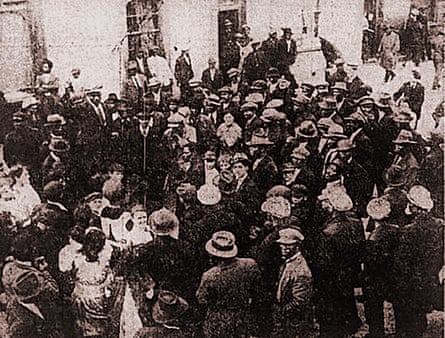
McKay began to think that things were as bad in England as they were in the US. Difficulties finding accommodation in London led to him living in a “hideous little gutter street near the Angel”; pubs would often refuse him service; and he would regularly receive verbal and even physical abuse.
McKay searched for a literary scene similar to that he had left in Harlem, and in time he came across a club for non-white soldiers in London’s Drury Lane. Here he met “a few coloured Americans, East Indians and Egyptians”, who would tell him about racism in the British army and on the streets of London during the Armistice. He enjoyed attending the spit-and-sawdust boxing matches staged nearby. He acquainted his new friends with US journals the Crisis, the Messenger and the Negro World. Hubert Harrison, the editor of the Negro World, who knew McKay from Harlem, asked him to contribute a series on London life. McKay wrote about the soldiers’ club, but incurred the wrath of its matron after describing her “patronising white maternal attitude towards her coloured charges”.
With Drury Lane out of bounds, McKay sought another refuge. Frank Harris, the Irish editor of Pearson’s Magazine, had supplied him with several letters of introduction, including one to George Bernard Shaw who, after a memorable evening at his house in Adelphi Terrace, had helped McKay get a reader’s ticket for the British Museum. The other letters led him to the International Socialist Club (ISC) in London. There he met fellow leftwing intellectuals, including George Lansbury, editor of the Daily Herald. McKay found the ISC “full of excitement with its dogmatists and doctrinaires of radical left ideas: socialists, communists, anarchists, syndicalists, one-big-unionists and trade unionists, soap-boxers, poetasters, scribblers, editors of little radical sheets which flourish in London.”
At this time, he had a fortuitous encounter with Sylvia Pankhurst, editor of the Workers’ Dreadnought, a leading weekly paper of the radical progressive left, whose offices were in Bow, in the heart of London’s East End. Pankhurst had established the Dreadnought in March 1914. The paper’s original title, the Woman’s Dreadnought, emphasised her suffragette credentials but in July 1917, Pankhurst took the eight-page newspaper in a new direction, with a title that reflected its radical content. Distributed in the East End, it boasted a weekly circulation of 20,000. With its mixture of news, global analysis, first-person accounts of working-class life (whether that be as a soldier or as a stevedore) and a smattering of poetry, the Dreadnought promoted working-class and feminist voices at a time when such forums were wanting. “I wanted the paper to be as far as possible written from life,” Pankhurst once stated. “No dry arguments, but a vivid presentment of things as they are, arguing always from the particular, with all its human features, to the general principle.”
Sylvia Pankhurst already knew of McKay. She was good friends with the Eastmans, founders of the Liberator in New York, and in September 1919, a month before they met in person, she had republished a series of his poems, including If We Must Die, in the Dreadnought under the title A Negro Poet, emphasising that McKay was a dining car waiter when he wrote them.
McKay described Pankhurst as “a plain little Queen Victoria-sized woman with plenty of long unruly bronze-like hair … her eyes were fiery, even a little fanatic, with a glint of shrewdness … And in the labour movement she was always jabbing her hat pin into the hides of the smug and slack labour leaders … And wherever imperialism got drunk and went wild among native peoples, the Pankhurst paper would be on the job.”
In a Dreadnought editorial published at the height of that summer’s riots on 7 June 1919, under the title Stabbing Negroes in the London Dock Area, Pankhurst had submitted “a few questions for the consideration of those who have been negro hunting”. These included: “Do you not know that capitalists, and especially British capitalists, have seized by force of arms the countries inhabited by black people and are ruling those countries and the black inhabitants for their own profit … Do you think you would be better employed in getting conditions made right for yourself and your fellow workers than in stabbing a black man?”
Her words greatly impressed McKay, and in London he became familiar with Pankhurst’s Workers’ Socialist Federation (WSF) which regularly held meetings and fundraisers. McKay wrote that Pankhurst didn’t just talk about revolutionary Marxism, she lived by it, advocating and living alongside workers in the East End. Pankhurst was a “good agitator and fighter”, he declared, possessing the “magnetism to attract people to [the] organisation”. The pair found that they had much in common. McKay was an outspoken advocate of women’s rights and suffrage, a pacifist and an agnostic. The unlikely partnership of the 29-year-old fresh-faced Jamaican with the battle-hardened suffragette proved to be enduring.
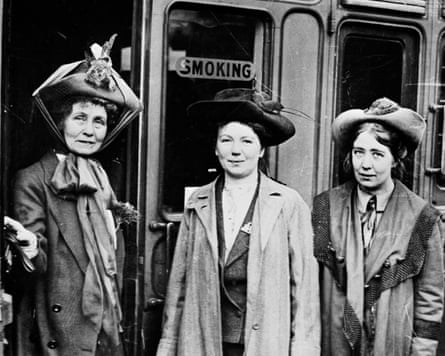
In April 1920, when Pankhurst offered McKay enough money for room and board in exchange for a full-time position as the paper’s labour correspondent, he jumped at the chance. One of his first tasks was to cover the volatile situation on London’s docks, interviewing sailors of all races to gauge the roots of their discontent. He covered strikes and trade union meetings, and he was assigned the task of aggregating articles from the foreign press, with a particular eye for any pieces that criticised the British imperial project. In his first cover essay for the paper, McKay argued that nationalist movements, particularly among subject peoples in Britain’s colonies, would lead to an embrace of communism, stating that “the British empire is the greatest obstacle to international socialism, and any of its subjugated parts succeeding in breaking away from it would be helping the cause of world communism”.
McKay’s output was prolific. He published numerous essays, articles, book reviews and some of his most militant poems, often under pseudonyms. He had written under pen names in the US, concerned that putting his name to his radical verse would affect his employment prospects. Once in Britain, he continued the habit, particularly as the activities of the WSF were being scrutinised by Scotland Yard.
Through McKay’s writing, the Dreadnought provided a Black perspective at a time when people of colour were being demonised in the mainstream media. After the first world war, the major London-based newspapers that served communities of colour – such as the African Times and Orient Review – were in rapid decline.
On 6 April 1920, French troops retaliating against Germany’s violation of the Versailles Treaty occupied the major cities on the east bank of the Rhine. Approximately 2% of the 250,000 French troops in the Rhineland were from west Africa, but the idea of Black troops occupying part of a white European country was viewed as repugnant by some. During the occupation, French Moroccan soldiers (there was also a large contingent from Senegal) fired on a German crowd protesting against their presence in Frankfurt, killing several civilians. In covering the event, the Daily Herald drew attention to the race of the French troops; it was the only English newspaper to do so. On 9 April, it ran with the front-page headline: “Frankfurt runs with blood: French black troops use machine guns on civilians.”
The next day, the Herald ran a series of front-page articles by the journalist ED Morel, reporting the hostilities in racial terms. Under the headline Black Scourge in Europe: Sexual Horror Let Loose by France on the Rhine, Morel alleged that Black troops, “primitive African barbarians”, had “become a terror and a horror unimaginable to the countryside, raping women and girls”. During the tirade, he claimed: “Apart from the barely restrainable bestiality of the black troops, syphilis is making terrible ravages where they are stationed.”
The reports sparked global outrage, with protests in London and Sweden demanding that the French withdraw their “savage” soldiers. In the US, there was such fury at the conduct of these troops that, in June 1920, President Woodrow Wilson asked the American ambassador in Paris to investigate these stories. A subsequent report commissioned by the diplomat EL Dresel reported that nearly all the stories about “black horror” on the Rhine were untrue and praised the discipline of the Senegalese soldiers. Morel later admitted he had no evidence or reliable reports for his claims but continued to state that “sexually [the African race] are unrestrained and unrestrainable. That is perfectly well known.”
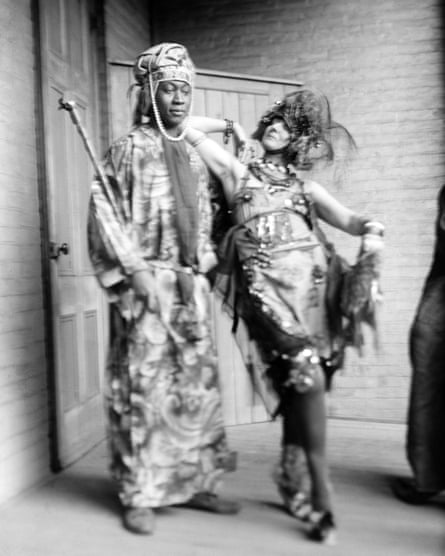
His words incensed McKay, who dispatched a letter to the Herald. The Herald’s editor, George Lansbury, refused to publish it (he later cited matters of space); but Pankhurst published it in the Dreadnought under the heading A Black Man Replies. “Why all this obscene, maniacal outburst about the sex vitality of black men in a proletarian paper?” asked McKay. He challenged the assertion that Black troops were syphilitic, arguing that the disease was endemic among soldiers of all races. In his conclusion he drew a direct correlation between such articles and the racial violence plaguing British cities:
“I feel that the ultimate result of your propaganda will be further strife and blood-spilling between whites and many members of my race, boycotted economically and socially … I have been told in Limehouse by white men, who ought to know, that this summer will be a recrudescence of the outbreaks that occurred last year. The negro-baiting bourbons of the United States will thank you, and the proletarian underworld will certainly gloat over the scoop of the Christian-socialist pacifist Daily Herald.”
Like most of his comrades at the newspaper, McKay took an active role in distributing the tuppence-priced news sheet at workers’ rallies. At a Sinn Féin rally in Trafalgar Square in the summer of 1920, McKay donned a green necktie to sell the Dreadnought, along with Pankhurst’s pamphlet Rebel Ireland, and was welcomed with hearty handshakes as Black Murphy or Black Irish by the Sinn Féin members. His activities were watched intently by British intelligence. Articles he had written in the Dreadnought about Ireland had not escaped their radar.
Pankhurst entrusted McKay with great responsibility on the paper. He was given considerable autonomy in his reportage, and his radical poetry was not subject to any censorship from Pankhurst. When Pankhurst was away on WSF work, McKay often acted as the managing editor. In the autumn of 1920, McKay wrote to a friend, complaining of overwork: “I have been kept so frightfully busy by Sylvia Pankhurst since she came back [from abroad]. She has been experiencing all sorts of domestic and business difficulties, due to her own erratic nature, and all the routine work of getting out the paper falls to me as consequence.”
The two occasionally had disagreements. In the summer of 1920, McKay had published a flowery profile piece on Robert Smillie, charismatic leader of the miners’ federation, which Pankhurst admonished him for, stating the policy of the Dreadnought was not to praise official labour leaders but to criticise them. She also suppressed an article he had written about a strike at a large lumber mill near the Dreadnought offices. McKay had written that William Lansbury, the owner, had employed non-union workers and the article stressed Lansbury’s family connections with the editor of the Daily Herald. Pankhurst had her reasons for killing the piece: years before, as a militant suffragette, she had avoided arrest because William Lansbury had smuggled her out of town hidden beneath wood stacks on the floor of his timber wagon. She also owed several debts to his relative George Lansbury, which included the costs of printing the Dreadnought. McKay ruefully concluded that “after all … there are items which the capitalist press does not consider fit to print for capitalist reasons and items which the radical press does not consider fit to print for radical reasons”.
In July 1920, Pankhurst attended the Second World Congress of the Communist International in Russia. The Home Office had confiscated her passport, so inventive methods of travel involved stowing away on a freighter. While Pankhurst was away fraternising with Lenin, McKay did one of his regular stints as managing editor.
During this time, he wrote the narrative essay The Yellow Peril and the Dockers under the pseudonym Leon Lopez. At West India Docks in London’s East End, he described “scores of seamen, white, brown and black, waiting wistfully for an undermanned ship”. He outlined the precarious nature of the work and how the dockers’ wives and children were starving and clothed in rags. The article highlighted how capitalism pits those deemed “alien” against their fellows. In his final passage, McKay stated: “The country’s riches are not in the West End, in the palatial homes of the suburbs; they are stored in the East End, and the jobless should lead the attack on the bastilles, the bonded warehouses along the docks, to solve the question of unemployment.”
McKay also commissioned the cover story in the 16 October 1920 issue by a Royal Navy sailor, written under a pseudonym. It illustrated the issues facing dock-workers – paltry wages, the rising costs of seamen’s clothing – and called for a formation of “a Red Navy to protect the interests of the working class”, exclaiming: “Are you going to see your class go under in the fight with the capitalist brutes who made millions out of your sacrifices during the war?”
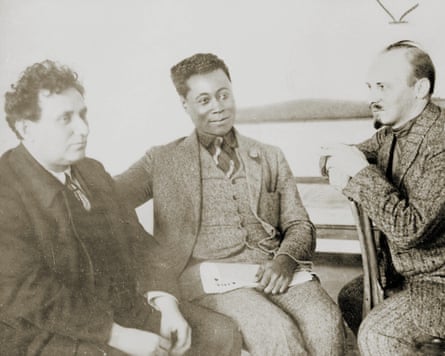
The authorities viewed these articles as an incitement to class war. The WSF had long been a thorn in the side of the security services and, with fear of Bolshevism spreading, they seized on this as an excuse to shut down “the organ of the Communist party”. On 18 October 1920, the Dreadnought’s offices were raided. Pankhurst was recently returned from Russia, and her secretary ran up the stairs to warn McKay that the police were downstairs ransacking the main offices and questioning Pankhurst about her informant in the Royal Navy. He returned to his small office upstairs, retrieved the original article by “Hunter”, and, secreting it in his sock, managed to evade the scrutiny of the officers, eventually flushing it down the toilet. Pankhurst was arrested shortly after for inciting treason among the Royal Navy by advocating that its workers should go on strike.
A young Finn named Erkki Veltheim, who was on staff at the paper and worked closely with McKay, helping him translate articles in the foreign press, was also arrested. The police discovered in his possession letters from Pankhurst to Lenin and other Bolshevik officials, and Veltheim (whose nickname at the paper was Comrade Vie) was revealed as a Bolshevik courier, who had entered Britain illegally. Veltheim was deported after six months’ imprisonment for alien non-registration. Pankhurst was prosecuted as the paper’s editor for sedition, and imprisoned for six months in Holloway. The Dreadnought folded in 1924 after a decade in print.
Fearing that he might be arrested, McKay left England in early 1921, sailing for the US the same day that Pankhurst began serving her sentence. In New York, the Eastmans employed him as associate editor on the Liberator, making him the only Black editor on a white journal. McKay wrote: “I responded with my hand and my head and my heart … My experience with the Dreadnought in London was of great service to me now.”
McKay’s most famous collection of poetry, Harlem Shadows, was published in the spring of 1922. Soon after, disappointed that Max Eastman did not take the anti-colonial struggle seriously enough, McKay left the Liberator for Russia. He was determined to see for himself Lenin’s “grand experiment”.
In Russia, he addressed the Fourth Congress of the Communist International, alongside the Black Surinamese communist Otto Huiswoud, on the position and potential of Black workers in the international labour movement. The pair were the first Black people to discuss such issues before the Comintern, also speaking about the exploitation of Black troops by both Britain and France in the first world war.
From 1919 to 1922, McKay had used his status as a journalist to highlight the issues facing Black workers in the US and Europe. By the end of 1922, he was suffering his own crisis of identity. McKay had borne the burden of speaking for his whole race. His activities were being monitored not only by the British police but also by the FBI, which, unbeknownst to him, had drawn up a document describing him as a “well-known radical” and was scrutinising his relationship with the revolutionary IWW and Pankhurst.
Wary of being persecuted as a radical, McKay allowed himself to be gripped by what he called the “vagabond spirit” – to write poetry and see the world. To this end, he travelled to Berlin in May 1923, where he became a familiar figure in his flamboyant, chequered suits in the city’s cabaret bars. As hyperinflation gripped the country, McKay found that moneys his friends had sent him months previously had devalued overnight.
Unable to survive in Germany, McKay left for France, where he would write some of his most important and memorable fiction – the bestseller Home to Harlem (1928), in which a former soldier tries to rebuild his fractured life after the first world war, and Banjo (1929), which was based largely on his experiences in Marseille in the summer of 1926. These works and his poetry would establish McKay as a leading figure in the Harlem Renaissance. But McKay lived an itinerant and largely threadbare existence, in exile in Europe and fearful of returning to the US because of his communist past.
In 1934, in his mid-40s, he returned to an economically broken US. Most depressingly for a writer of his stature, he was forced to lodge at Harlem’s YMCA and accept work at Greycourt, a camp for the destitute. By the time of his death in May 1948 of heart failure, he said he had grown disillusioned with all the “isms” (whether communism, capitalism, racism, nationalism or imperialism) and had always taken an independent path.
It was only decades after McKay’s death that his fiction was recognised as offering unparalleled insights into historic multicultural communities, and the lives blighted by poverty and colonialism. The Black power activist Stokely Carmichael claimed that Winston Churchill used the words of If We Must Die, without attribution, to rally wartime England. McKay’s nomadic lifestyle meant his writing traversed continents, offering a rare Black perspective of the time, but it was in the Dreadnought’s offices in London, where he described the fog’s stifling embrace as a “heavy, suffocating shroud”, that he first reckoned with the revolutionary power of the pen.
Adapted from Ink! From the Age of Empire to Black Power, the Journalists who Transformed Britain, published by The History Press. To support the Guardian, order a copy from guardianbookshop.com. Delivery charges may apply.

 1 month ago
38
1 month ago
38










